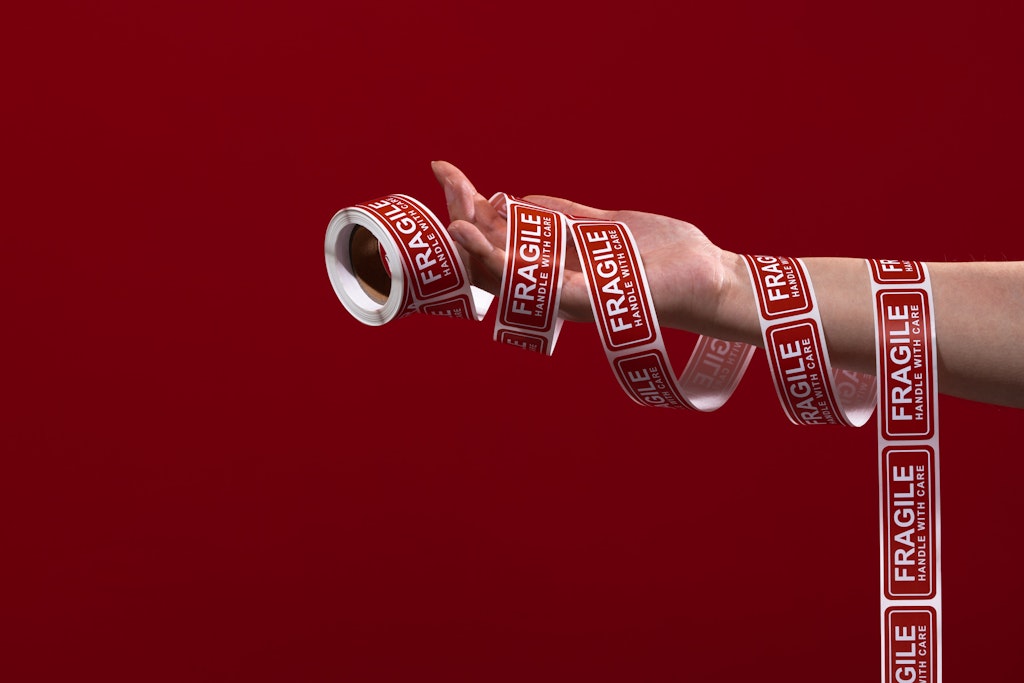Run for your life
Nick Cohen says the new normal must be built for people, not cars
Hard-headed realists, who used to tell the nostalgic they could never go back to their golden age, have had to think again. For a few weeks, the coronavirus has sent us back to the world before it was organised for the benefit of motorists. Running through the centre of London, I thought I was living in a pre-war movie: one of Hitchcock’s films before he went to Hollywood, perhaps, where the odd car passes by. Those who had essential jobs and wanted to avoid the risk of infection on public transport had to cycle or walk. I said when I started writing this column that the best exercise for most readers is to walk or cycle, every day, anywhere you can, as a matter of routine. Most people lose weight and get stronger not by setting ourselves the formidable and unachievable goals of running a marathon or climbing the Himalayas, but by changing how we move and what we eat. In the strange spring of 2020, in the most terrible of circumstances, that change began.
The tension between joggers and walkers in parks has been a feature of this crisis
The great killers of the twenty- first century are the diseases of indolence and gluttony. Covid-19 probably began in China’s wet markets. Avian and swine flu come from the mass raising of tens of billions of chickens and pigs in factory farms that increase the odds of zoonotic transmission of new viruses, as well as treating animals with extraordinary cruelty. Obesity is the flipside of the infection risk the mass production of cheap food by industrial agriculture has delivered to us. About 29 per cent of British adults are obese and 36 per cent are overweight. (Go back to those pre-war movies and you will notice another difference: everyone looks so thin.) Cancer, heart disease, and diabetes epidemics have followed. And, for we have come full circle, obesity and its cousin, air pollution from excessive car use, have heightened sufferers’ chances of contracting a fatal case of Covid-19.
There’s a temptation to believe that punishment makes us better. We tremble before the divine retribution of a plague and resolve not to provoke a wrathful god again. But a virus cares nothing for the state of our souls. New York suffered more than California, because New Yorkers crowd on to public transport — once regarded as “a good thing” — while Californians sealed themselves off in private cars. Perhaps car use will shoot up, and those who don’t have a car will resolve to buy one at once, if we have any money left, just to be on the safe side. I am sure, however, that the design of Britain needs to change, if the few beneficial consequences of this terrible time are to be preserved.
The tension between joggers and walkers in parks has been a feature of this crisis. Runners puffing by without a care for social distancing have justifiably outraged people out of a stroll. Hardly anyone has pointed out that the reason why they are thrown together is that for decades town planners have assumed that their main concern was allowing traffic to flow, and have packed everyone else into tiny spaces.
Try to get out of the way of someone coming down a street and parked cars block you. Squeeze between them and you risk being in a road traffic accident. Cyclists find that the roads themselves remain a hostile environment in the cities — cyclists in England are around four times more likely to be killed than in the Netherlands. As for walkers and runners, we are an afterthought in urban planning. Surely a crisis where cycling and walking are the best and safest way for essential workers to get to the jobs that protect us all ought to have changed that.
Boris Johnson, a cyclist himself, has promised £2 billion towards plans to double the number of cyclists and walkers by 2025, while telling local authorities to make “significant changes” to give them more space. Perhaps we are at the beginning of a transport revolution. We will see. Not all of Mr Johnson’s promises are as trustworthy as they should be.
Yet I will not play the cynic. People have learned to enjoy hearing birdsong and walking the streets without being choked with exhaust fumes. Millions have grown a little bit stronger from walking and cycling for half an hour a day or from jumping around to exercise videos, and they enjoy that feeling too. You can catch a desire for change in the air. The question for governments and all of us ought to be whether we can carry on remaking our town and cityscapes when we get back to normal. My hope is that we will, not least because there does not seem to be a “normal” left to get back to.
Enjoying The Critic online? It's even better in print
Try five issues of Britain’s newest magazine for £10
Subscribe














